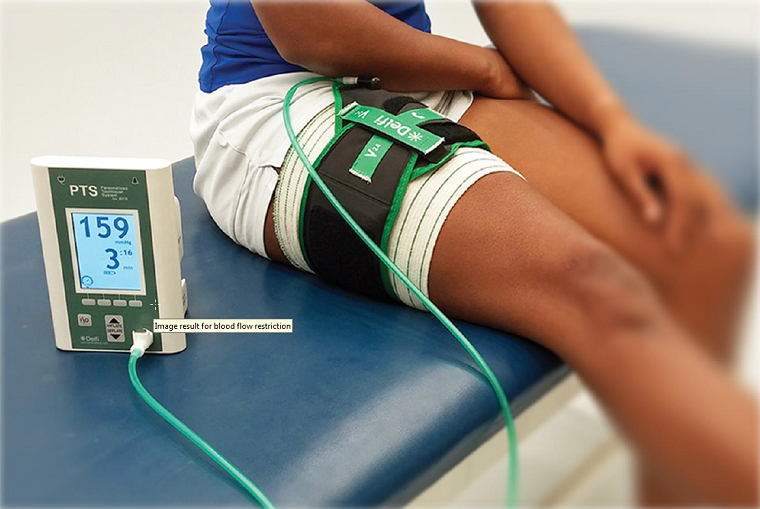When Cutting Off Blood Supply is A Good Thing: Using Ischemic Preconditioning to Enhance Exercise Performance
By Neethu Shaji Saji
22 October 2019

It may seem counterintuitive, but cutting off blood supply to part of your body can sometimes yield surprising benefits. About 30 years ago, an experimental technique called “ischemic preconditioning” or IPC, in which blood flow to the heart is temporarily restricted, was found to protect against damage from future heart attacks. More recently, sports scientists have been exploring the use of IPC in skeletal muscle as a way to improve performance during intense athletic activity, but results to date have been inconclusive. Now, a new study from the Department of Human Health and Nutritional Sciences (HHNS) has proven that IPC can indeed improve aerobic exercise performance – but only in some people.
The precise mechanism underlying IPC is not known, but experts believe that the change in blood flow during IPC triggers the release of a signal into the blood that creates a protective environment against future reductions in blood flow. Sports scientists have reasoned that the same mysterious mechanism that protects heart muscle following IPC may benefit other muscles as well. That’s because during exercise, muscles reach a point where they become physiologically limited and an athlete’s performance can’t improve further. But IPC could, in theory, remove this “brake” by protecting against the damage that can result from a muscle being resource limited. But so far, studies have failed to show any consistent effect of IPC on exercise performance.
According to HHNS researcher Dr. Jamie Burr, however, the lack of previous results may be due to a design flaw in the experiments.
“An individual’s athletic performance can vary from day to day based on their motivation level and other factors such as how much sleep they’ve had. Previous studies have not taken this normal day to day variation into account, but it needs to be considered when assessing whether IPC can lead to a real, measurable improvement in performing an exercise task,” says Burr.
Burr and his team set about studying IPC differently. They asked subjects to perform a 5 km virtual cycling test three times, on different days, and noted their finish times; this allowed them to establish how each subject’s performance varied from day to day. Each subject also completed three separate 5 km cycling trials following IPC (administered with a tourniquet cuff on the thigh for 5 minutes on and 5 minutes off, repeated 3 times). After taking into account the day to day variation in each individual’s performance, both with and without IPC, the researchers determined that IPC can indeed contribute to a faster finish time.
However, not all subjects showed an improvement. Burr and his team were careful to assess each subject’s test results individually, checking to see if IPC led to a consistent improvement in finish times for that particular person. (In contrast, previous studies were based on a group average of all subject’s performances, which meant that individual variation among subjects could easily mask any effect of IPC is some individuals.) Burr’s group found that their IPC study participants could be divided into two groups: responders and non-responders.
“Our study showed that only certain people – in this case about half of our subjects – were ‘responders’ whose performance increased following IPC. In practical terms, this means that a coach would have to find out if a particular athlete is a true responder before knowing if they could benefit from this technique,” says Burr.
The team also tested whether applying multiple IPC treatments at multiple intervals prior to exercising could lead to even greater benefits than a traditional one-time bout of IPC. However, multiple applications yielded the same results as a single treatment – showing that the benefits of IPC can’t be “stacked”.
Research into IPC and human performance is an exciting area, with many potential applications of this deceptively simple technique. But the fact that not all athletes are created equal when it comes to realizing the benefits of IPC has left the Burr lab keen to even the playing field.
‘’Our lab is currently conducting experiments to find why some people are responders and how can we make the non-responders respond to this method,’’ says Burr.
This study was funded by the Natural Sciences and Engineering Research Council and the Canada Foundation for Innovation.
Read the full study in the journal European Journal of Sport Science.
Read about other CBS Research Highlights.